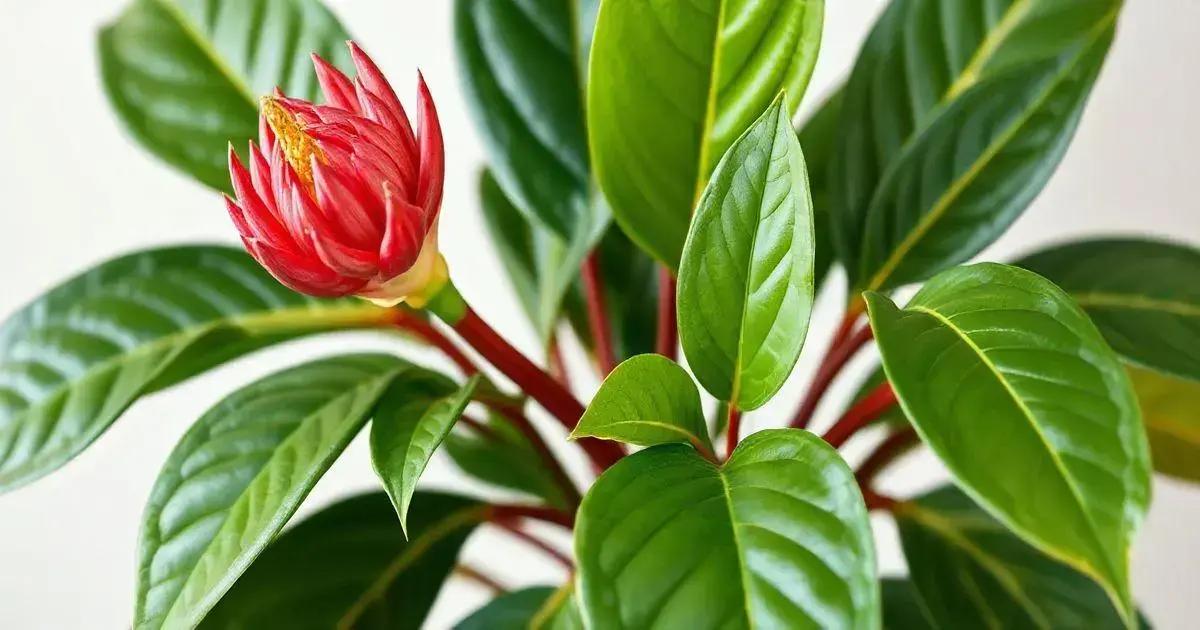7 Essential Tips on How to Take Care of Gumamela Plant for Vibrant Blooms
How to take care of gumamela plant may seem simple, but it involves nuanced techniques to keep your blooms vibrant and flourishing. Whether you’re a beginner or looking to refine your skills, knowing the right soil, watering, and pest control methods can make all the difference. Dive into these engaging tips and elevate your gardening game!
Table of Contents
ToggleUnderstanding the ideal soil requirements for gumamela
Understanding the ideal soil requirements for gumamela is crucial for its healthy growth. The right soil not only supports the roots but also provides essential nutrients. For optimal growth, ensure your gumamela plant is potted in the perfect soil mix.
Key soil characteristics for gumamela
- Well-draining: Gumamela plants thrive in soil that drains well to prevent root rot.
- Rich in organic matter: A mix that includes compost serves to nourish the plant.
- pH level: Ideal soil pH ranges from 6.0 to 6.8 for nutrient absorption.
Best soil mix for gumamela
To create an ideal soil mix for your gumamela plant, consider the following recipe:
- Two parts peat moss or coconut coir
- One part perlite or coarse sand
- One part compost
This combination ensures excellent drainage while providing adequate nutrients.
Regular soil maintenance tips
To keep the soil healthy and enriched, follow these tips:
- Check moisture levels regularly to avoid over or under-watering.
- Replenish nutrients by adding compost every few months.
- Consider repotting every couple of years to refresh the soil.
By adhering to the above soil requirements, your gumamela plant will likely flourish, yielding vibrant blooms. For those interested in further enhancing their gardening skills, consider exploring indoor gardening techniques.
Best watering schedule for a thriving gumamela plant

Best watering schedule for a thriving gumamela plant is essential for maintaining its health and promoting vibrant blooms. Watering correctly can significantly impact the overall growth and flowering of the plant.
Understanding the watering needs
Gumamela plants prefer a consistent moisture level. Here are key factors to keep in mind:
- Soil type affects watering frequency; well-draining soil requires more regular watering.
- Humidity levels in your area can influence how often you need to water.
- Seasonal changes dictate watering needs; plants may need less in the winter.
Creating a watering schedule
To establish a successful watering schedule for your gumamela plant, follow these steps:
- Water deeply once a week during the growing season (spring and summer).
- Check soil moisture before watering; soil should be slightly dry an inch down.
- Reduce frequency during cooler months, watering every two weeks instead.
Consistent watering promotes strong roots and vibrant flowers in your gumamela plant.
Signs of over or under-watering
It’s important to recognize signs of watering issues:
- Under-watering: Wilting leaves, dry soil, and dropping flowers.
- Over-watering: Yellowing leaves, soggy soil, and mold growth.
Adjust your watering practices based on these signs for optimal results. Remember, exploring indoor gardening techniques can help improve your overall gardening skills and plant health.
Effective pest control strategies for gumamela plants
Effective pest control strategies for gumamela plants are vital to keep them healthy and thriving. Pests can significantly damage foliage and flowers, impacting the plant’s beauty and growth.
Common pests affecting gumamela plants
Before implementing control measures, it’s essential to identify the pests that may invade your gumamela:
- Aphids: Small, soft-bodied insects that can cluster on new growth.
- Spider mites: Tiny arachnids that cause stippling on leaves.
- Whiteflies: Small, white insects that fly up when the plant is disturbed.
- Mealybugs: White, cotton-like insects found in leaf joints.
Preventive measures
Preventing pest infestations is preferable to dealing with an outbreak. Here are effective strategies:
- Keep your gumamela plants healthy through proper watering and fertilization.
- Regularly inspect your plants for early signs of pests.
- Maintain good air circulation by spacing plants appropriately.
- Remove dead leaves and debris where pests can hide.
Control methods for existing infestations
If pests are already present, consider these methods to manage them:
- Handpicking: Remove larger pests like aphids by hand.
- Insecticidal soap: Apply diluted soap solutions to suffocate soft-bodied insects.
- Natural predators: Introduce ladybugs or lacewings that feed on aphids.
- Neem oil: A natural pesticide effective against various pests.
Regular monitoring and quick action are crucial for keeping your gumamela plants safe from pests. If you want to learn more about other indoor gardening techniques, consider exploring indoor gardening techniques.
In conclusion
Caring for your gumamela plant involves understanding its unique needs, from soil requirements to optimal watering schedules and effective pest control strategies. By implementing the essential tips outlined in this guide, you can ensure your gumamela thrives and brings vibrant blooms to your garden or indoor space.
Remember, gardening is a journey of learning and exploration. For those looking to further enhance their indoor gardening experience, check out these tips on enhancing your indoor garden for more inspiration and advice.

